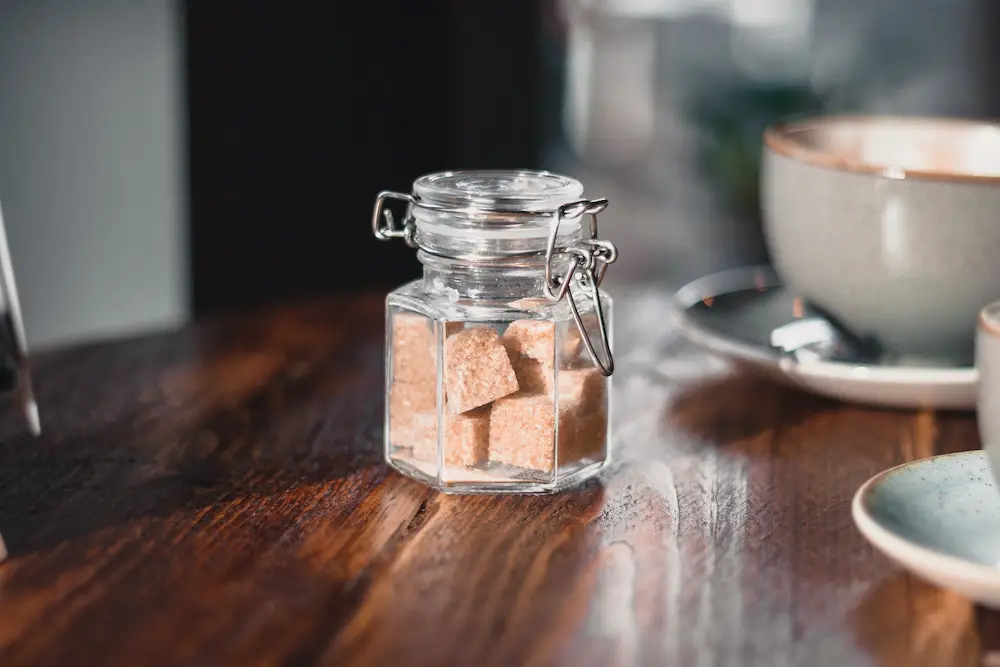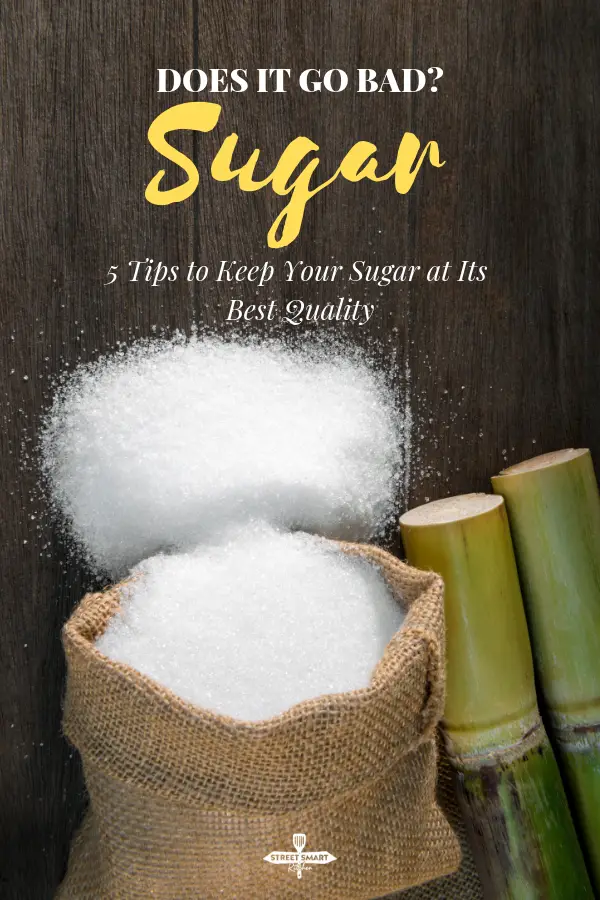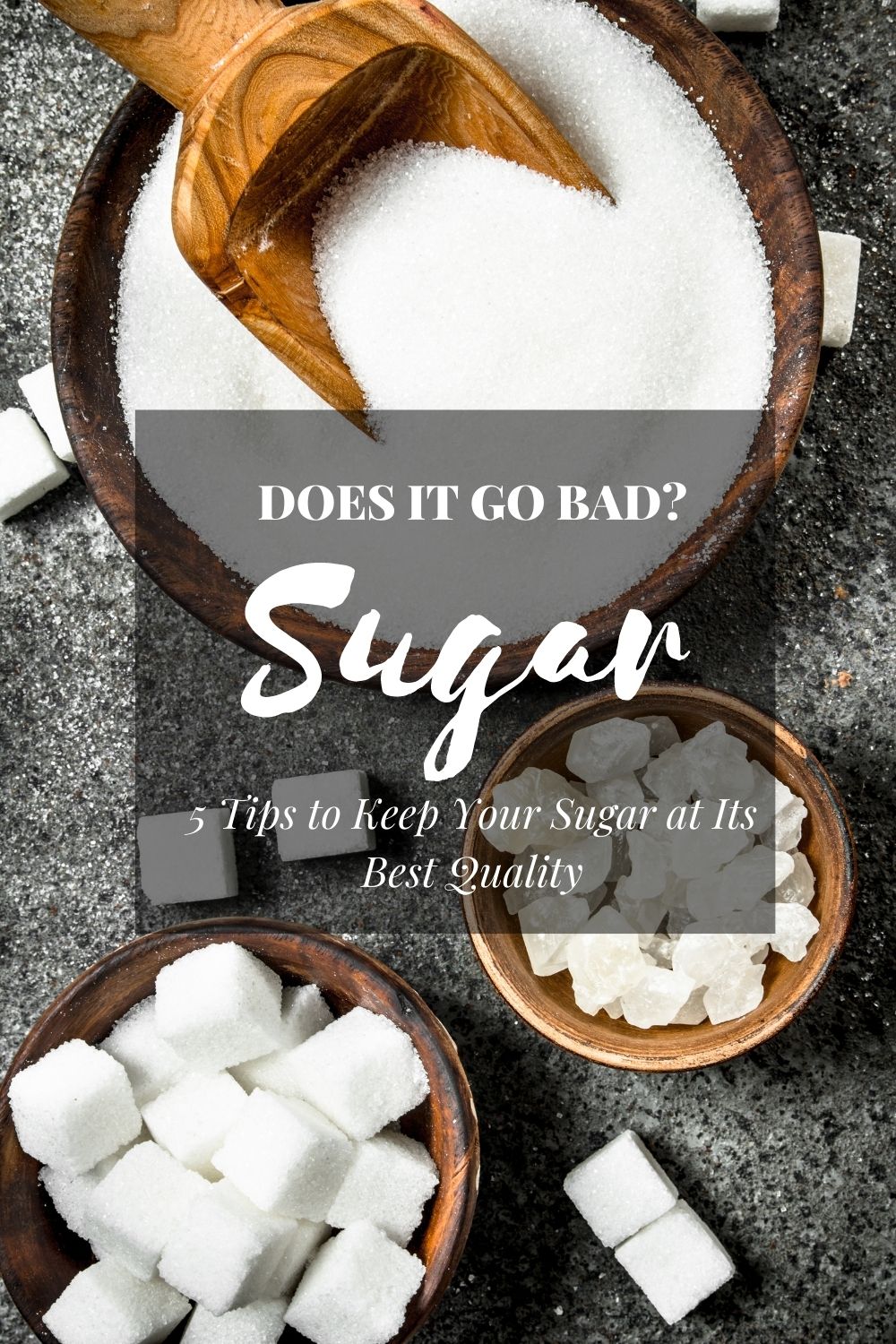Does Sugar Go Bad? 5 Tips to Keep Your Sugar at Its Best Quality
Does sugar go bad? No, it doesn’t. Because it lacks water, bacteria and mold cannot grow in it. However, its texture and appearance may change, depending on its storage conditions. Find out how sugar can last long and learn some tips to prevent it from crystallizing or lumping.

Sugar is one of those kitchen staples that’s always in our inventory. Our baking recipes like desserts and pastries, teas, coffees, and other spreads won’t be as sweet as we like them without this ingredient. It’s also a preserving agent and is commonly used for marmalades, jams, and fruit preserves.
With its exfoliating and moisturizing properties, sugar can also be used for homemade cosmetics like face masks, body scrubs, and moisturizers.
Nutritionists advise us to consume sugar moderately, but you might have more sugar than you use daily for your coffee. As you check on your sugar supply, you might wonder, does sugar go bad? How long does it last at its best, and how do you store it properly to prolong its quality?

Does Sugar Go Bad?
All types of sugar, including granulated sugar, white sugar, brown sugar, raw sugar, and cane sugar, have an indefinite shelf life due to osmosis and the lack of water content.
Sugar is a huge water absorber, and it can suck the water out of the bacteria when they come into contact with each other. This process is called osmosis. And without enough water, bacteria can’t grow and spread. This is why our jams, marmalades, and even chocolates can last for a long time.
However, it’s recommended to use brown and powdered sugar within two years so you can enjoy it at its best. It’s still safe to consume after those years, but expect the quality to go down after that. And what does that look like?
How Long Does Sugar Last at Its Best Quality?
Sugar doesn’t spoil, but it will form hard lumps and clumps. You may notice some changes in the texture, which can make it undesirable to use. It’s still safe to consume, but you might not find it so appealing anymore.
Sugar granules also have the ability to absorb odors from other food nearby, and even if this is not a sign of rancid sugar, you might notice an altered flavor.
Once exposed to moisture, sugar can easily clump. Sugar absorbs liquid fast due to its hygroscopic properties, and when it does, it starts to harden.
The good news? You can easily restore sugar it to its granular form. Simply place the lumps in a sealed plastic bag and use a rolling pin. Or grind it using a food processor or a coffee grinder. Remember, clumping is not a sign of sugar gone bad; it’s simply a change in the texture.
Commercially-packaged sugar might also come with best-before, best-by, or sell-by dates, but this doesn’t indicate the shelf life of sugar. It’s still safe to consume sugar past these dates. Also, take note that you won’t find sugar expiration dates on the packaging.

How to Keep Your Sugar Sweet and Smooth
The key to keeping sugar at its best quality and ensuring food safety is to keep it dry, preventing it from lumping or hardening. Just follow these storage pointers:
- Keep the bag of sugar away from water or anything liquid to avoid absorption of moisture, which leads to lumping. You can store it in a dry place like your pantry, cupboard, or anywhere in the kitchen at room temperature.
- Storing sugar in the fridge is not a good idea, because it needs an environment with low moisture, and it might absorb odors from other food stored there.
- Once the packaging is opened, transfer sugar into an airtight container or a heavy-duty plastic bag to keep moisture and bugs from reaching the sugar.
- Keep sugar away from sources of heat too. The heat may cause condensation. Once those water drops come into contact with sugar, it can clump.
- Some people place a piece of bread or marshmallow in their jar of brown sugar to keep it from hardening. Just be sure to replace the bread so it won’t get moldy in there.
Looking for some ways to satisfy your sweet tooth? Give these dessert recipes a try. You won’t be disappointed!
No-Bake Pumpkin Cheesecake Cups
Chocolate Lava Cake
Classic Italian Tiramisu
Carrot Cake
Peanut Butter and Jelly Cookies
Cupid’s Ice Cream Sandwiches
No Bake Chocolate Drops With Easy Caramel Sauce
Chocolate Hazelnut & Raspberry Toast
In savory dishes, a small dash of sugar can enhance the overall flavor by a lot, especially with green vegetables. Try to add a little sugar in these savory recipes and see how it makes a difference.
Easy Kale Recipe
Thai Sous Vide Chicken Thighs with Tomato Salad
Slow Cooker Borscht Recipe (Shanghai-Style)
Sous Vide Duck Breast with Braised Leeks & Mashed Potatoes

About the Author
Sharon Chen is an Integrative Nutrition Health Coach and author of the Complete Sous Vide Cookbook. She believes food not only brings healing but also connection. As the creator of StreetSmart Kitchen, she aims to make meal prep easier than ever and help you find balance, ease, joy, and simplicity in the kitchen as you improve your well-being.



